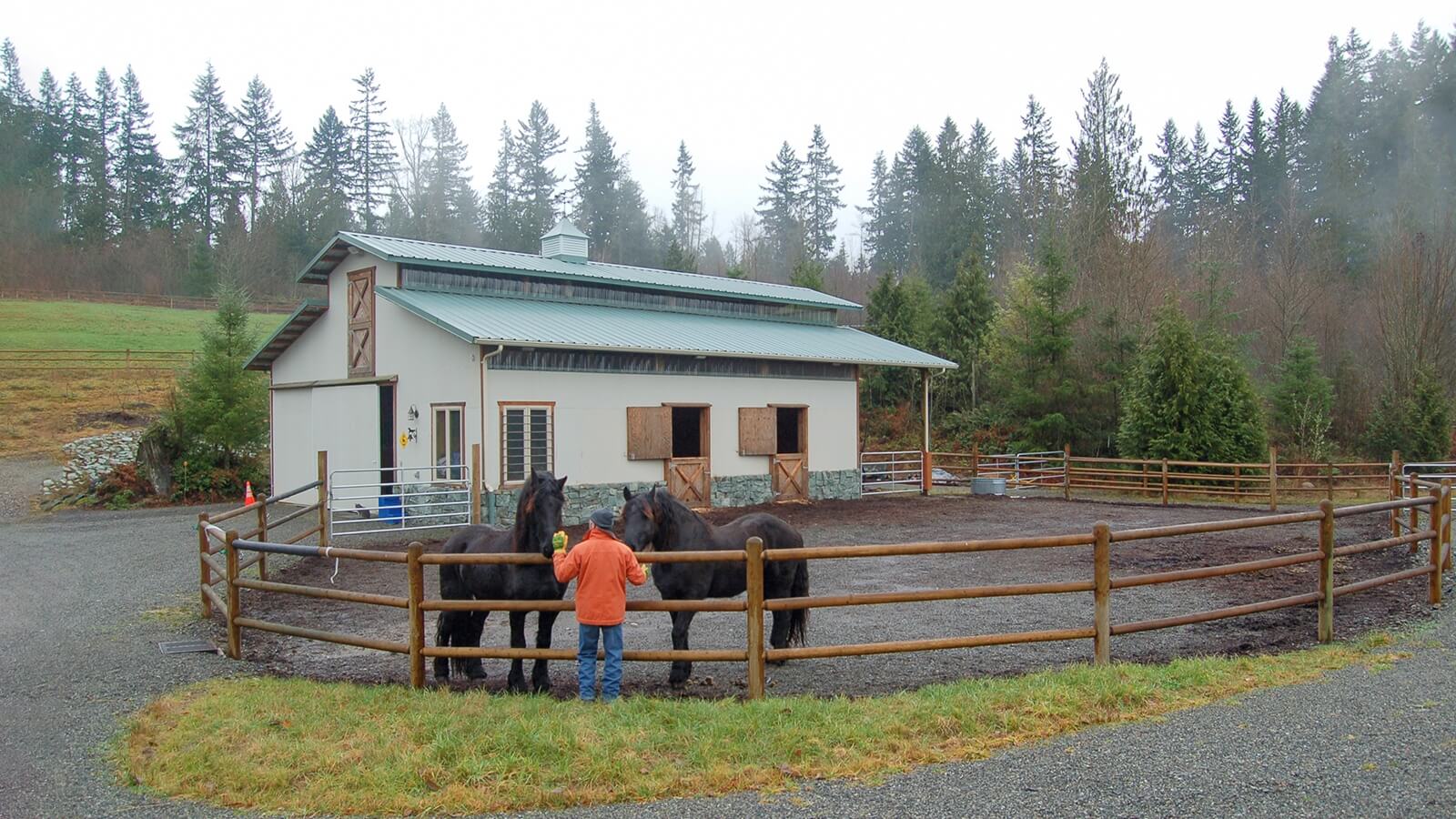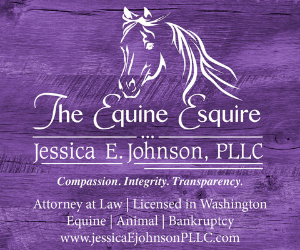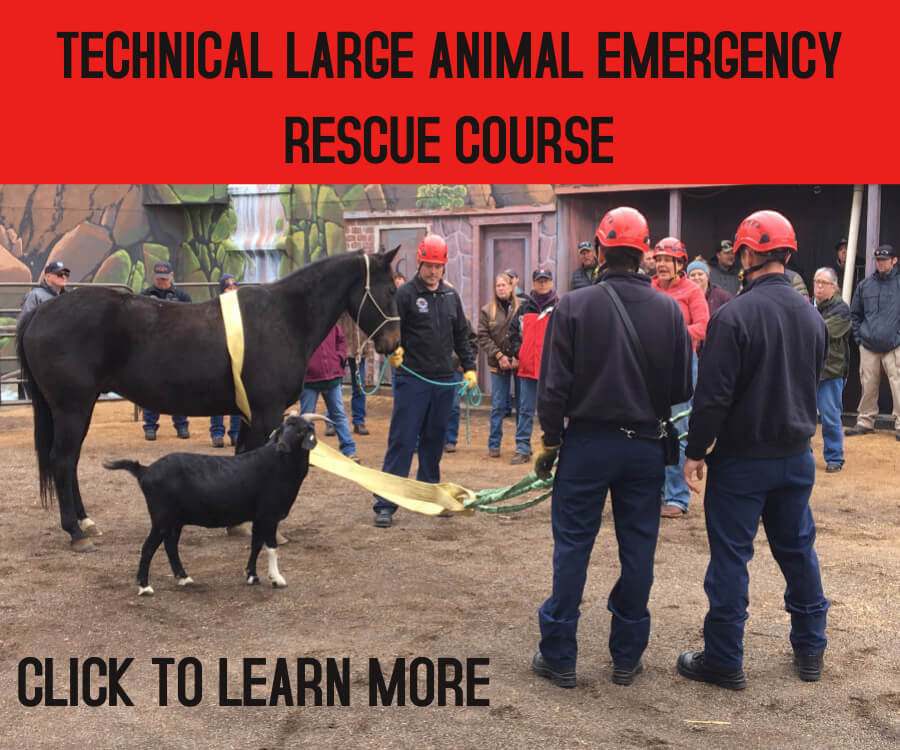Horse owners agree that a well-fenced property is a beautiful sight and the cornerstone to proper management. When building or modifying a horse property, a primary consideration is what type of fencing to choose, and many great options are available. Here are a few guidelines to help you make a choice that will be horse safe, easy to care for, and chore efficient.
When choosing horse fencing, consider the following:
- Type of area needing fencing (confinement area, pasture, grazing areas, arenas, round pens, etc.). Each area has different fencing constraints.
- The number of horses you will be confining in an area, along with their age, breed, and temperament. Young or multiple horses tend to romp and play more, requiring more attention to safety.
- Wildfire safety of the fencing material. Wood fencing and vinyl materials are flammable and can even “pull” a wildfire toward your barn or horse structures, creating an ignition point.
- The appearance you want for your place.
- Your budget.
First, consider the area you are fencing and how it will be used. Confinement areas, pasture, property perimeter, arenas, or smaller grazing areas each have different requirements. The smaller the area or the more horses you are confining, the more you’ll need safe, suitable fencing. Horses, particularly those housed with others, are more likely to get hurt playing or rolling in a small area. Bored horses (such as those in a confinement area) may resort to itching or chewing on fencing or further testing the fencing. When frightened or playing in a large field, younger horses or those with extra energy can run through something that’s not highly visible. Let’s look more closely at fencing confinement areas and your property perimeter.
Confinement Area
Start with this fencing first, then move outward. Choose the very safest fencing you can for your confinement area and consider reinforcing it with some type of electric tape to provide a “psychological barrier.” Horses are hard on fences and will rub or chew on most types but tend to respect electric fencing.
Property Perimeter
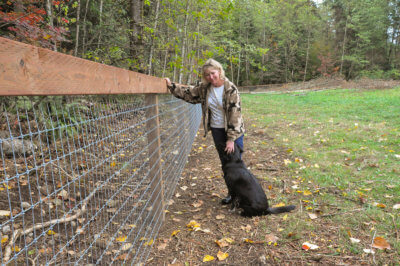
Property perimeter fencing should be a physical barrier, meaning that a horse cannot run through or jump over this type of fence. Woven wire fence, also called no-climb or horse fencing, provides an actual physical barrier and is popular for pasture or property perimeter fencing. The 2×4 inch squares in the wire pattern are considered small enough that a foal can’t get its foot stuck in the fence. The flexible, strong wire has a “fixed knot” which provides greater holding strength, even under heavy pressure. Paired with a wooden sight rail at the top and a hot tape offset to prevent chewing, it provides a secure and visual barrier for horses.
Woven wire fence is not recommended for confinement areas because a horse can lay down and still roll against it, getting trapped or caught. Or they can rub or push against it and stretch the wire.
This type of fencing is probably the most expensive to install, especially with the sight rail and hot tape offset. However, this cost may represent a savings in avoiding fence repairs and expensive vet bills from injured horses.
Other types of fencing often used for perimeter fencing include non-flexible fencing such as wood or vinyl. Both have high aesthetic appeal but can potentially get ruined by horses rubbing or chewing on them (reinforce them with some type of electric fencing to provide a psychological barrier), Both are highly flammable and therefore not recommended in wildfire-prone areas.
Fence Height and Pasture Shape
The recommended minimum fence height for horse fencing is 4 feet. For confinement areas, a 5 to 6-foot height prevents horses housed side-by-side from playing over the top of the fencing and hurting each other—or ruining fencing.
When multiple horses are housed together in one pen, the paddock size should be large enough to allow for escape. Fences can get broken and horses severely injured if they are pinned in a tight corner or chased into fencing. Consider rounding out the corners of your pastures/paddocks in these circumstances, either by building the fence to round out the corners or by closing off corners with some type of fencing which rounds them out and keeps horses from becoming trapped. A bonus is that round corners in pastures are easier for mowing.
Panel Fencing
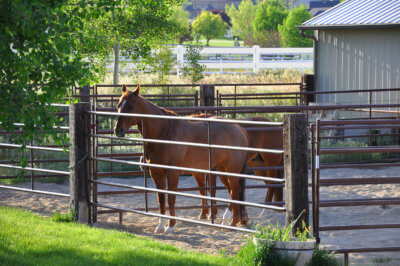
Pre-made movable panels for confinement areas are secure, fireproof, attractive, and useful because this type of fencing can be moved when needed such as to harrow paddocks, level footing, or apply additional footing. It’s usually 5 or 6 feet high and is quite sturdy so you know your horses can’t escape—an important consideration when a property isn’t completely fenced. The downside to panel fencing is its high cost which is why it’s usually only used for confinement areas or round pens and not for larger areas.
Welded Pipe
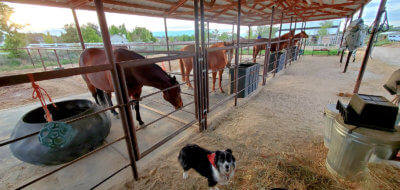
In certain parts of North America different types of fencing may be more available. A good example is welded pipe or panel fencing made from recycled drilling pipe which is often available in Western states. This type of fencing is cheaper than pre-made panels but more expensive than many other types of fencing. It’s nice looking, very sturdy, firewise (non-flammable), functional, and roughly half the cost of panel fencing.
An advantage to fabricating fencing is you can customize your paddocks to the size and shape you wish. A big disadvantage is that pipe fencing is permanent; posts are cemented in the ground so there’s no changing anything afterward, unless of course you re-weld it. You may wish to have your stall fronts be removable so you can get a tractor into the paddocks to do things like add footing or harrow existing footing.
Safety
Fencing safety considerations include eliminating protruding objects or wires where horses could get injured — like bolt ends, nails, boards, or the tops of metal T-posts. Watch for corners of roofs or the bottom edges of metal buildings inside confinement areas.
Chore Efficiency
Chore efficiency is another important consideration when choosing fencing. Gates should be easy to get people and manure carts through. Latches should be easy for you to open but not your horses. Latches such as pear-shaped kiwi latches allow you to open them one-handed while holding a horse in the other.
Consider gates wide enough for tractors or any truck deliveries you will need such as gravel, arena sand, or hay. Most delivery trucks require a 12-foot gate but check with delivery companies for special requirements. For leading horses in and out, a gate should be six foot wide. Wider than that can be awkward to manipulate and hard to manage with horses in tow.
Locate gates along fence lines and not in corners. Corner gates can become an awkward, tight spot where a more aggressive horse can easily pin another horse (or handler!) in a corner; gates in a mid-section of a fence line are better. Choose gates with squared corners on top which will help keep a youngster from rearing up and catching a hoof between the fence and the gate. Make sure the gate is constructed from material strong enough for horses with no rough edges or places where a pawing horse could catch a leg. Watch out for broken metal, rusted parts, or anything flimsy on gates.
In the end, your fencing choices will likely be a compromise of many things, but always make horse safety the primary consideration. Horses are curious creatures with a strong flight instinct so if there’s an issue with fence safety, sooner or later the horse will get hurt.
Good luck and happy fencing!
Check out the Horses for Clean Water website for information on upcoming events, online classes, private consultations, tip sheets, and other resources for horse keeping and land management. Visit the Sweet Pepper Ranch website for info on upcoming clinics and retreats.
See this article in the January/February 2022 online edition:
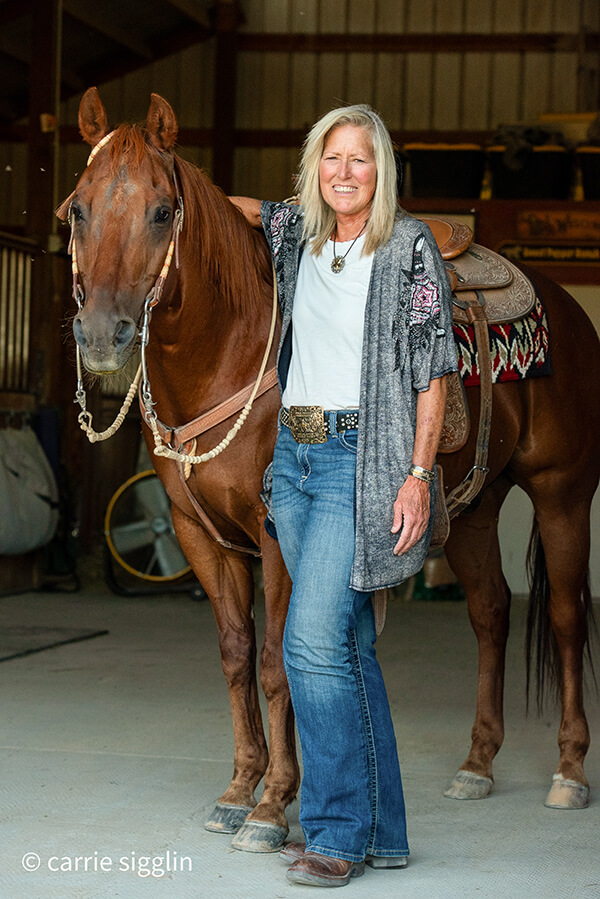
Alayne Blickle began in the 1990’s as a pioneer in water conservation and natural resources conservation by creating the entrepreneurial consulting business, Horses for Clean Water, an award-winning internationally acclaimed education program that looks for horse-healthy, nature-based solutions to land management challenges. She continues this work today partnering with agencies, organizations, and horse owners throughout North America and worldwide. She is a regularly contributing writer and photojournalist to several equine publications.
Alayne lives with her horse trainer husband, Matt Livengood, in southwestern Idaho where they raise and train AQHA horses and mustangs on their eco-friendly horse ranch. Contact her through the Horses for Clean Water website or through their ranch website Sweet Pepper Ranch.
For more information contact Alayne at [email protected] or 206-909-0225.


